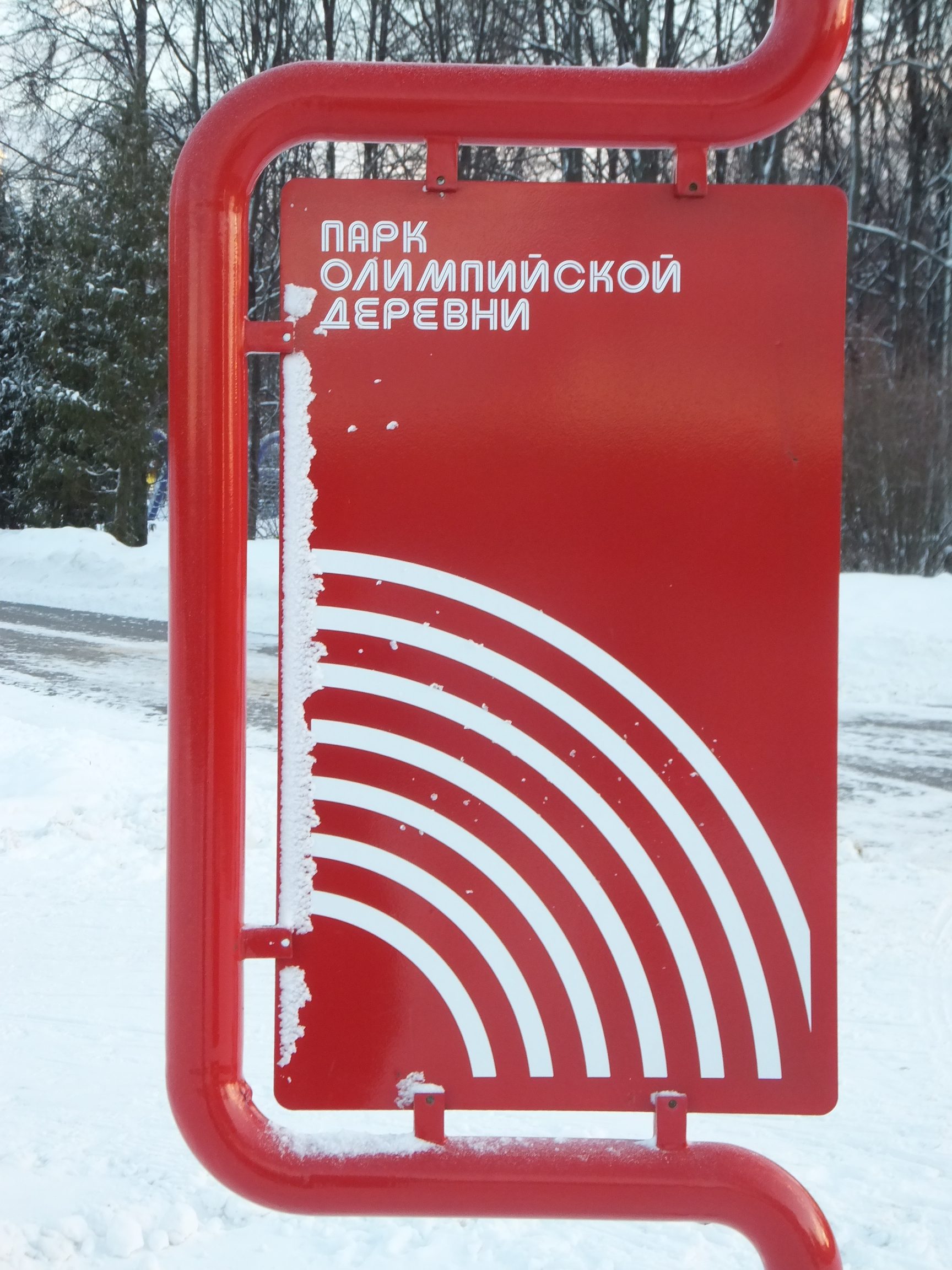Yesterday (2017-03-20) Ilya Akishin delivered an interesting talk at HSE’ School of Public Administration monthly Discussion meeting. Ilya is Deputy Director of the Institute for Public Administration and Governance / Center of Regional Programmes for Public Administration Improvement at the National Research University Higher School of Economics. https://ipag.hse.ru/en/
Ilya is not only a good researcher but he is also an excellent consultant. He has been counselling and advising about a dozen of Russian regions. 1. He developed models for regional development in the Far East, at Sakhalin. Just last week he returned from Tatarstan, where he advised government how to run and maintain a technological park. In Leningrad region he did extensive working time measurement to identify how many employees local civil service need to provide high quality public services. And the also conducted a project on behalf of the Russian Ministry of Sport. In his talk Ilya shared insights from his work on the staff size of public sport agencies in Russia.
Why do we talk about sport in a School of Public Administration? We do because society has a stake in healthy citizens. Do not get me wrong. Talking about public sport policy does not mean that I am advocating for nudging, vegetarian serfdom or other regulatory limitations of individual choice and freedom. It is an empirical fact that rich countries are facing problems of widespread obesity among citizens, especially among kids. Healthy behavior and it antipode directly link to the level public health care expenditures: Obesity among community members today means increasing expenditures to cure unhealthy lifestyle tomorrow. Accordingly public sport agencies administer a wide range of sport and recreation services (SRS), and health enhancing physical activities (HEPA).
But how many civil servants do we need to promote a healthy lifestyle? In his talk Ilya will present a management instrument to determine a satisficing or even optimal staff size.
The underlying research consists of three steps: desktop screening of all legislation in the sphere of sport yield a list of 100 functions for regional sport agencies. Sport agencies at the local level are responsible for another 66 functions. To get these jobs done 25 working processes do exist; while each function is clearly defined, processes may overlap in daily working routines.
Ilya and his team categorize 12 1st level functions, broad categories of daily operations conducted by the administrators within public sport agencies. 9 of them are policy related functions, and 3 categories cover administrative functions, from financial accounting over reporting to pure red-tape. (Recall OECD’s Classification of Function of government, COFOG; it is exactly the same logic.). Each 1st level functions captures dozens of more detailed 2nd and 3rd level activities. Examples of 1st level functions include sports-for-all development (1st level function 4); finance management (1st level function 11); general activities (1st level function 10).
In a second step Ilya and his colleagues conducted extensive field in the regions: How often functions are executed within one year? An average regional public sport agency in Russia has 45.5 civil servants. Field research reveals that more than 50 percent of overall working time (namely the working time of 33.8 civil servants) is spend on administrative functions, from accounting over reporting and various form of red-tape.
In a third step Ilya presented a formula to calculate an optimal staff size. Optimal staff size is a function of sporting objects, e.g. the number of sport clubs in a city, and legislative function. For a region with more than 2 million residents, optimal staff size varies from 54 to 64 civil servants; a region with 1-2 million residents should count between 27 and 32 administrators in its public sport agency; regions with less than 1 million inhabitants should employee between 21 and 29 civil servants.
Figure: Sports policy: Selected 1st level functions of regional sport agencies in Russia
| Selected 1st level function of sports policy | Optimal staff size |
| Development of relations with local sport clubs | 1.4 |
| Sports-for-all development | 0.4 |
| Finance management | 17 |
| General activities | 13.6 |
| Total staff size, units according to the model | 79.2 |
According to the model an average public sport agency requires the capacity of 79.2 civil servants to carry out its 100 legislative functions.
A comparison of required staff size and actual staff size reveals that public sport agencies in most regions are understaffed. Public sport agencies in most Russian regions lack personnel resources to conduct all assigned functions in an efficient and effective manner. In Krasnodar region the actual staff size is 56, according to the model the workload requires 13 additional civil servants. In Sverdlovsk the gap between actual (48) and optimal staff size is 21 (additional 21 public officials are required); in the Republic of Mordovia the regional sport agency should count 29 instead of the current 11 civil servants.
The model provides an interesting management tool which links resource allocation to public service delivery. A striking example is the implementation of anti-doping regulations. Does doping occur more often in regions with understaffed public sport agencies? Anti-doping regulations do exist, but a lack of staffing may result in an inefficient control net.
